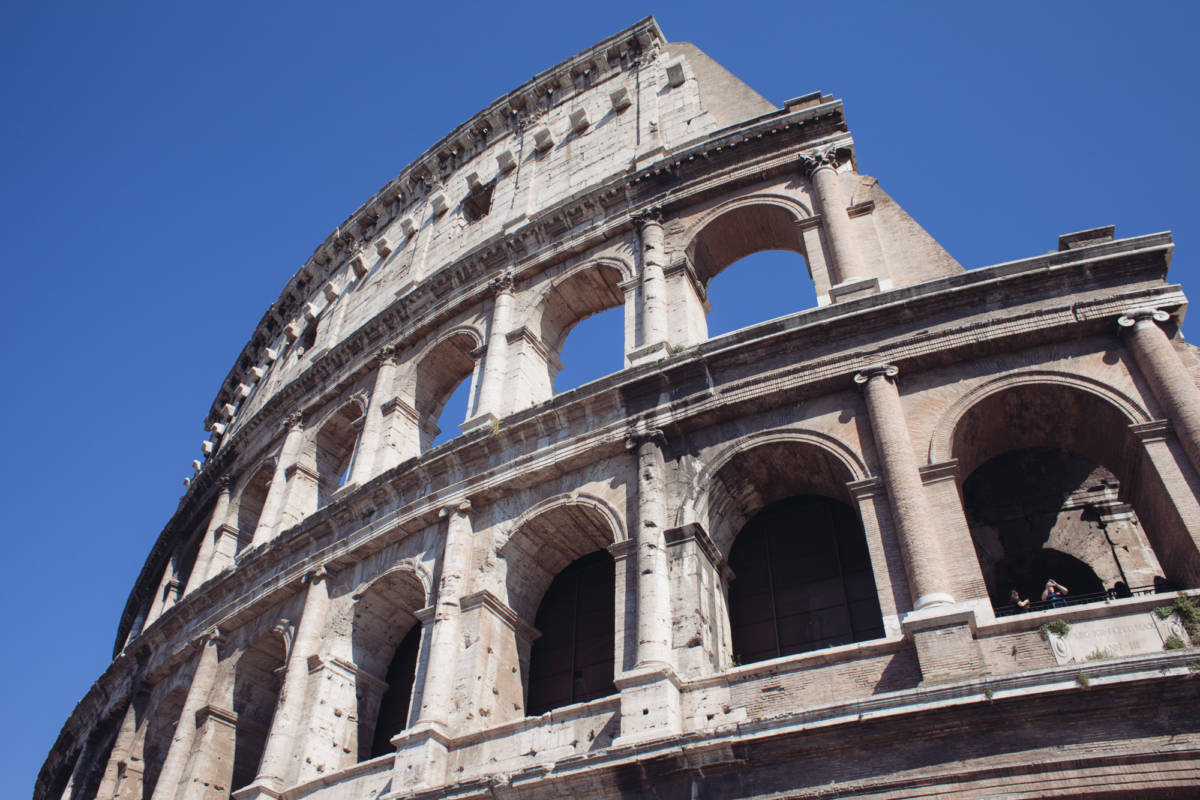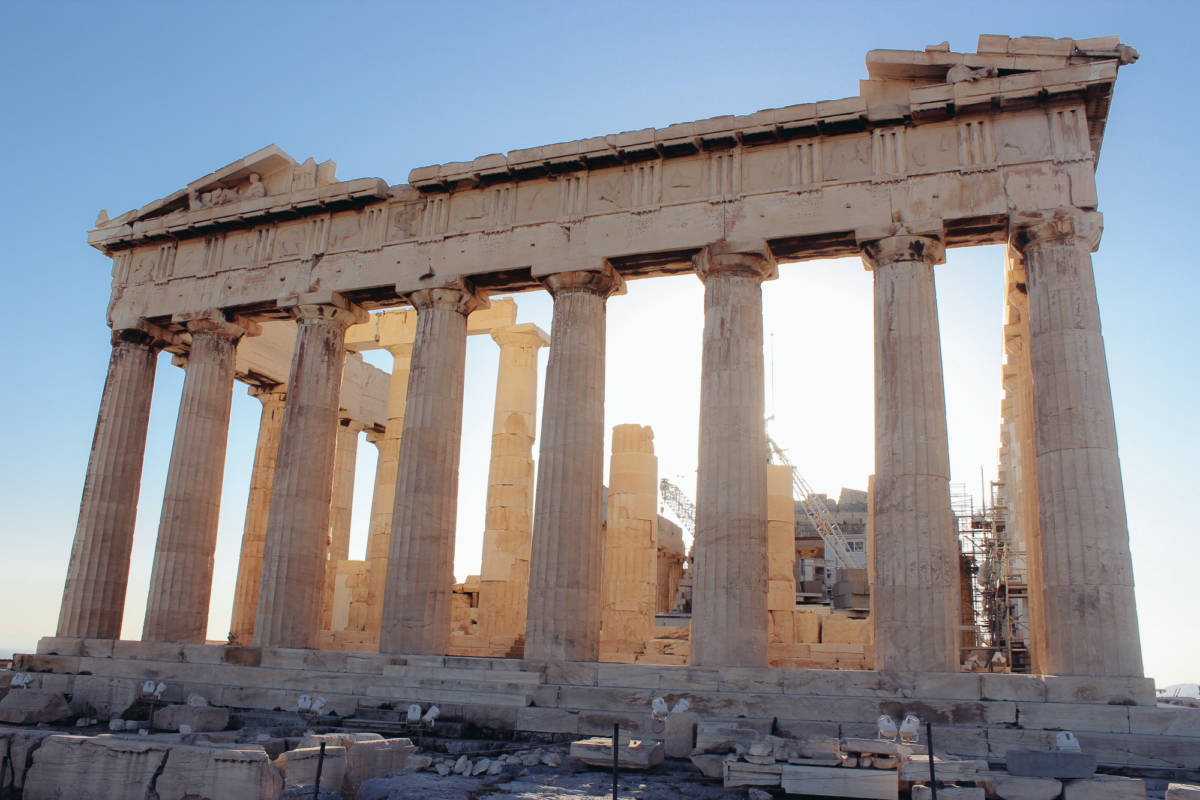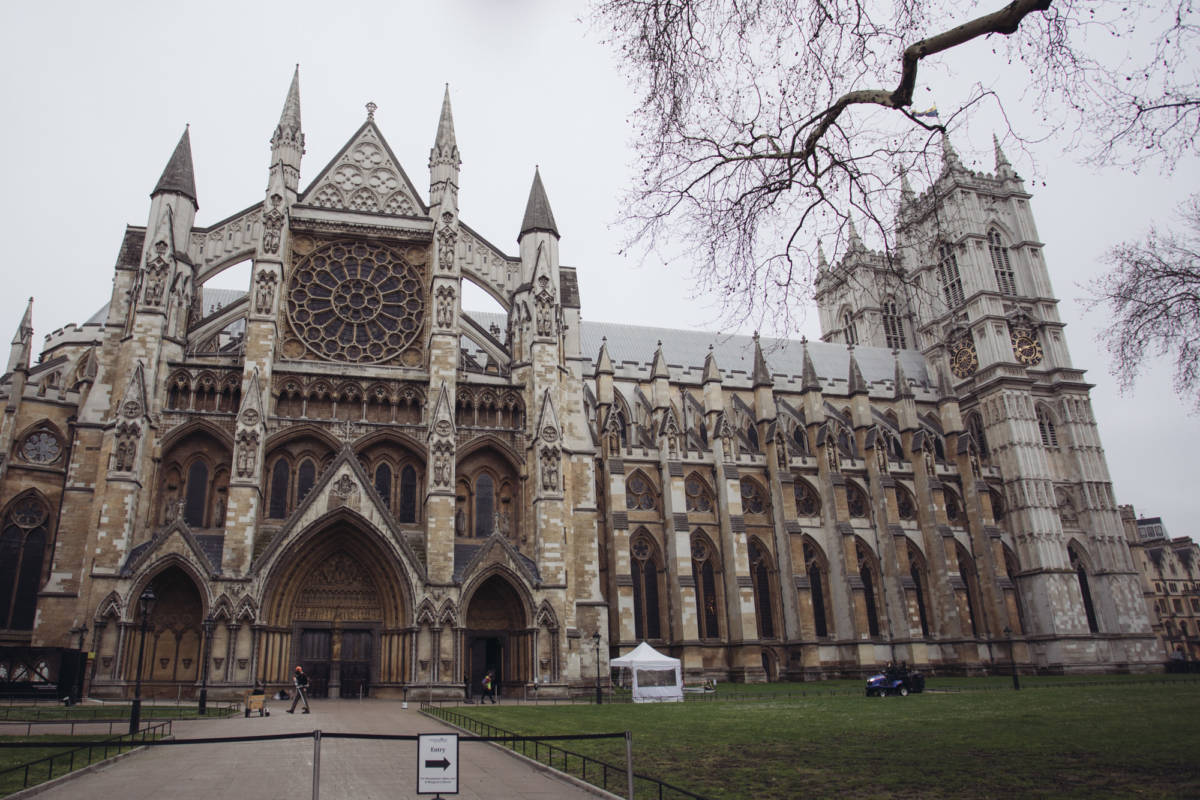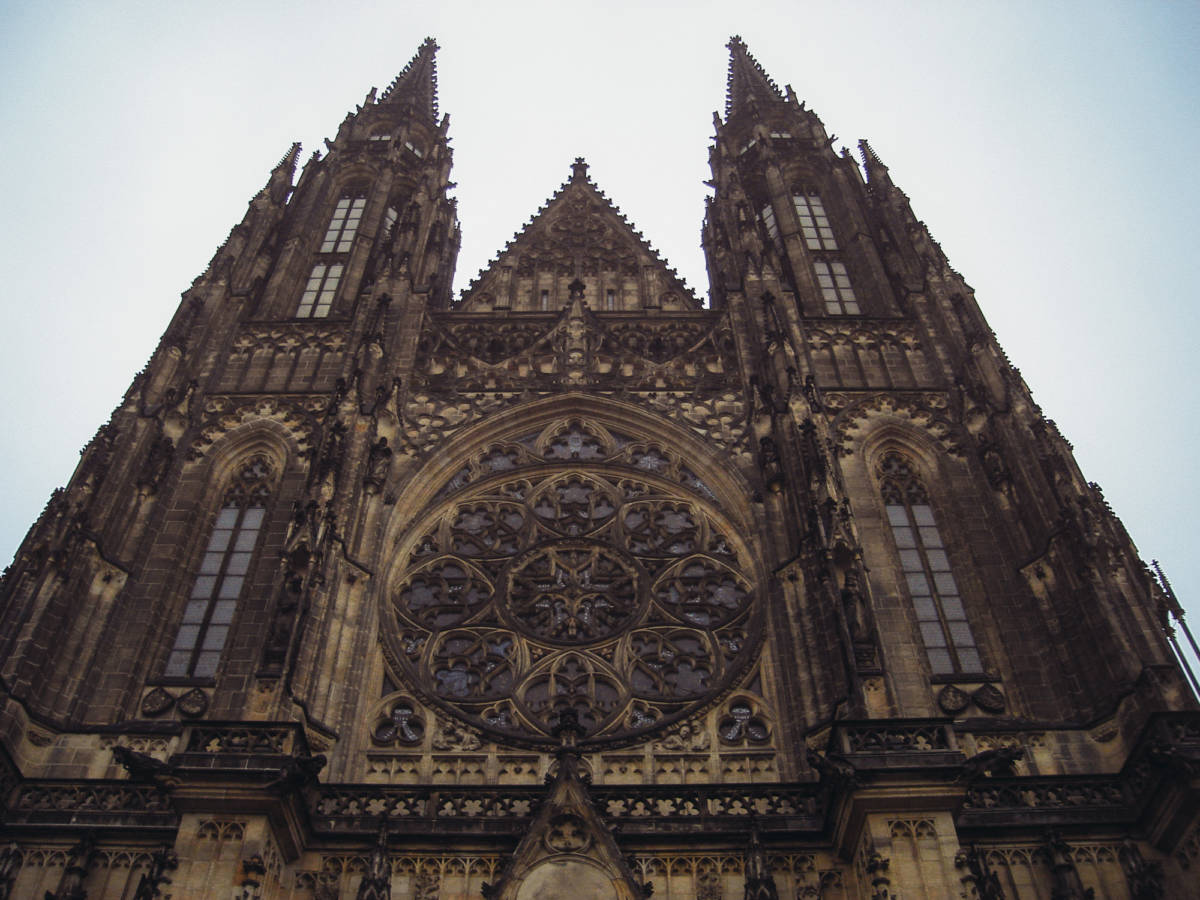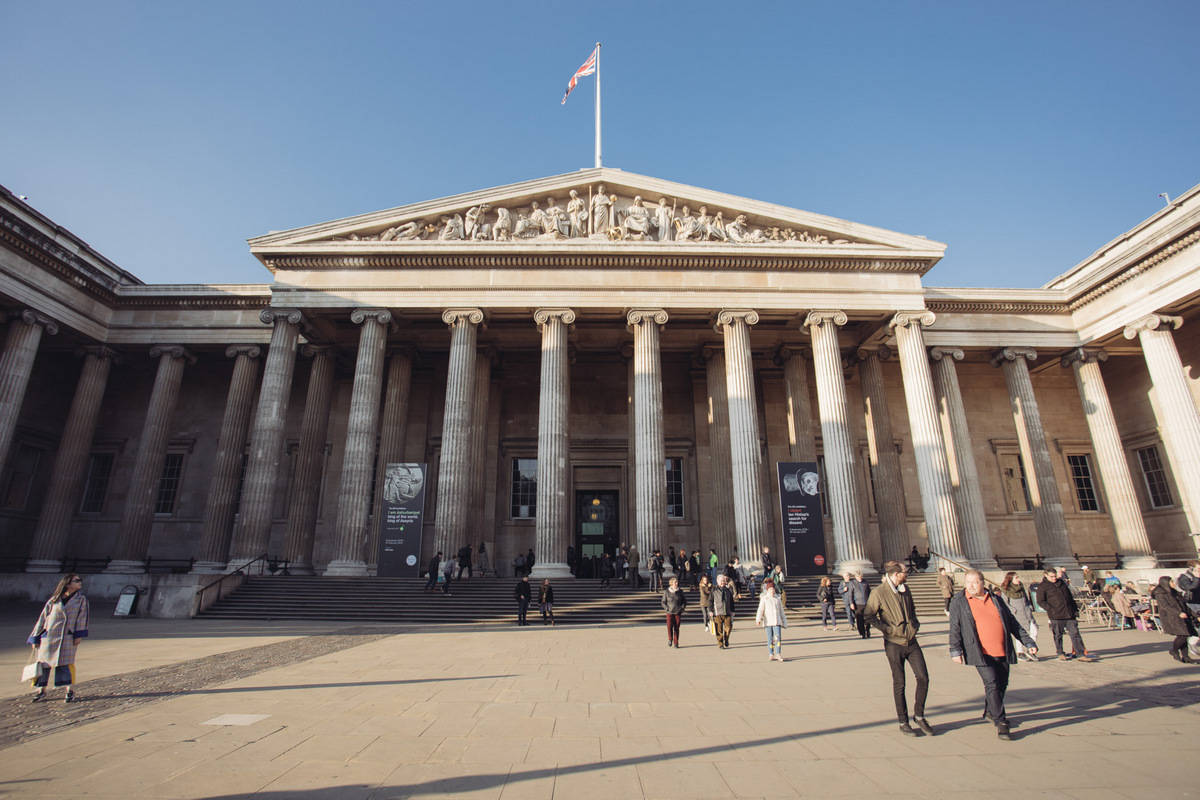Architecture 101: Travel Edition
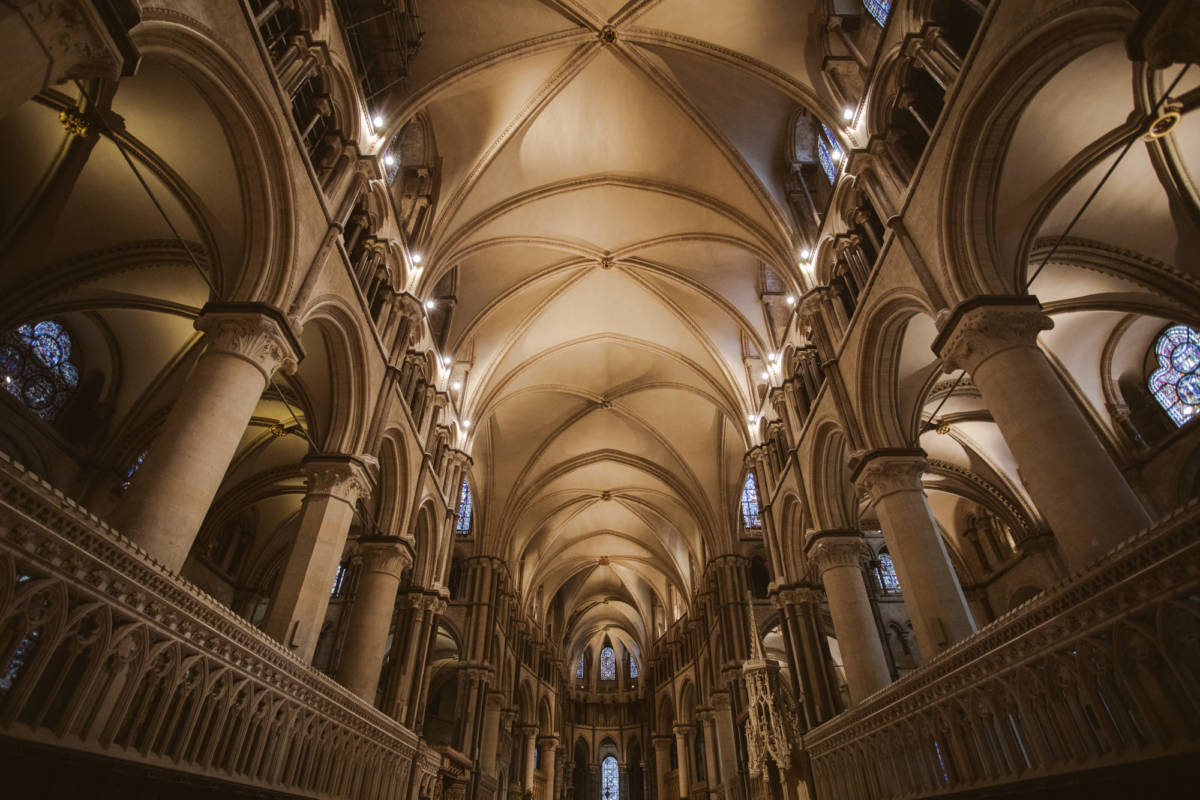
Ever looked up during a trip, possibly with a camera in hand and wondered why buildings look the way they do? What might surprise you is that a hell of a lot of how buildings look is due to the building process and materials available at the time, plus whatever was in the fashion of course!
To explain all this, here’s a chronological cheat sheet on the main types of European architecture, why they’re like that and, most importantly, where you can see them!
Classical
In Ancient Greece and Rome, the heavy weight of stones meant big thick pillars and walls were necessary, with rounded, circular arches to distribute the weight; plus, buildings adhered to classical proportions (golden ratio), meaning they never got too tall compared to their width, and let’s not forget an obsession with straight lines, including the pediment – the triangular front of the roof. While they did stick to tradition In Ancient Greece and Rome, the heavy weight of stones meant big thick pillars and walls were necessary, with rounded, circular arches to distribute the weight; plus, buildings adhered to classical proportions (golden ratio), meaning they never got too tall compared to their width, and let’s not forget an obsession with straight lines, including the pediment – the triangular front of the roof. While they did stick to tradition, However, the Romans also had incredible innovations – such as concrete, which allowed for the Dome at the Pantheon; but sadly, the recipe for it was lost, and concrete wouldn’t resurface again as a major building material until the 14th century. You’ll recognise the rounded, circular arches in places like the Colosseum in Rome, the Aqueduct of Segovia in Spain and the Arch of Hadrian in Jordan, while the huge columns adorn temples like the Parthenon in Athens, Pantheon in Rome and the Temple of Augustus in Pula, which also have triangular pediments on the front.
Romanesque
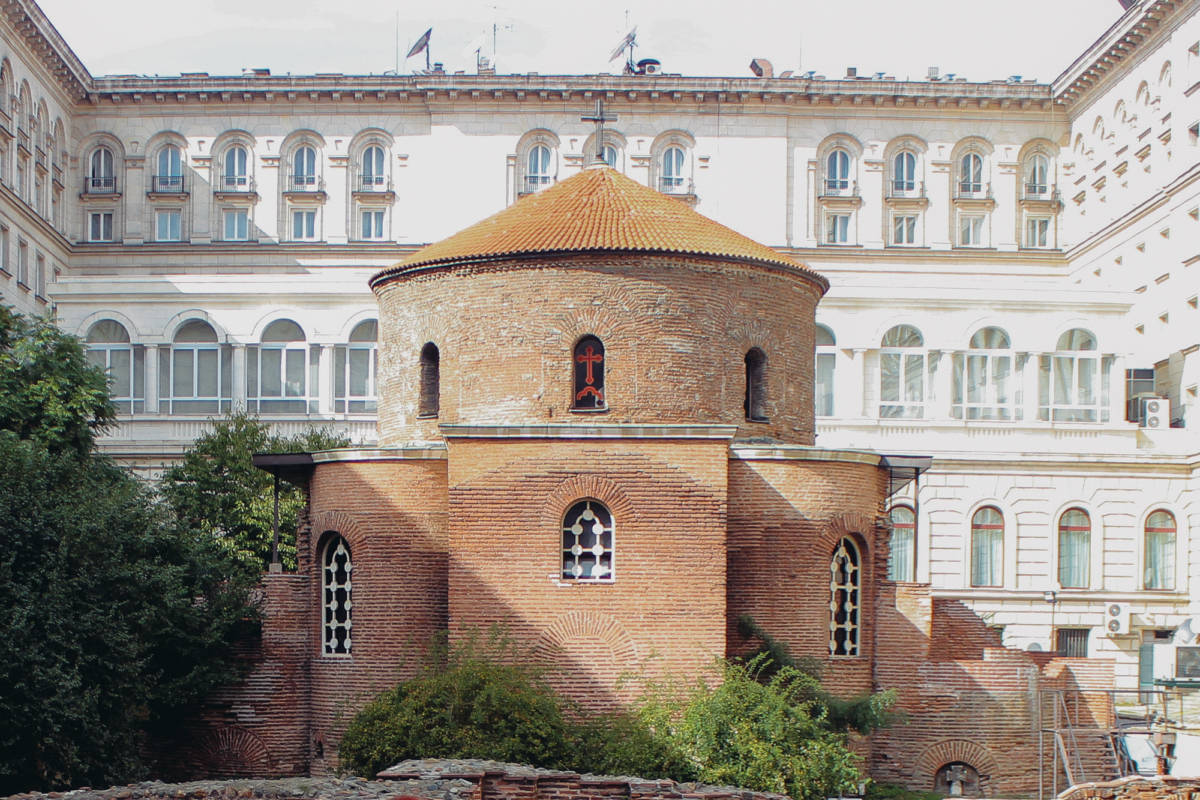
After the fall of Rome, most major pieces of Western European architecture were based on designs dating to the Classical period, often called ‘Romanesque’. They kept the circular arches, big columns and thick walls as there weren’t any better ways to build and Classical styles were held in high esteem. Some great examples include the Church of St George in Sofia, Bagrati Cathedral in Kutaisi, Christ Church Cathedral in Dublin and pretty much any old church in Eastern Europe!
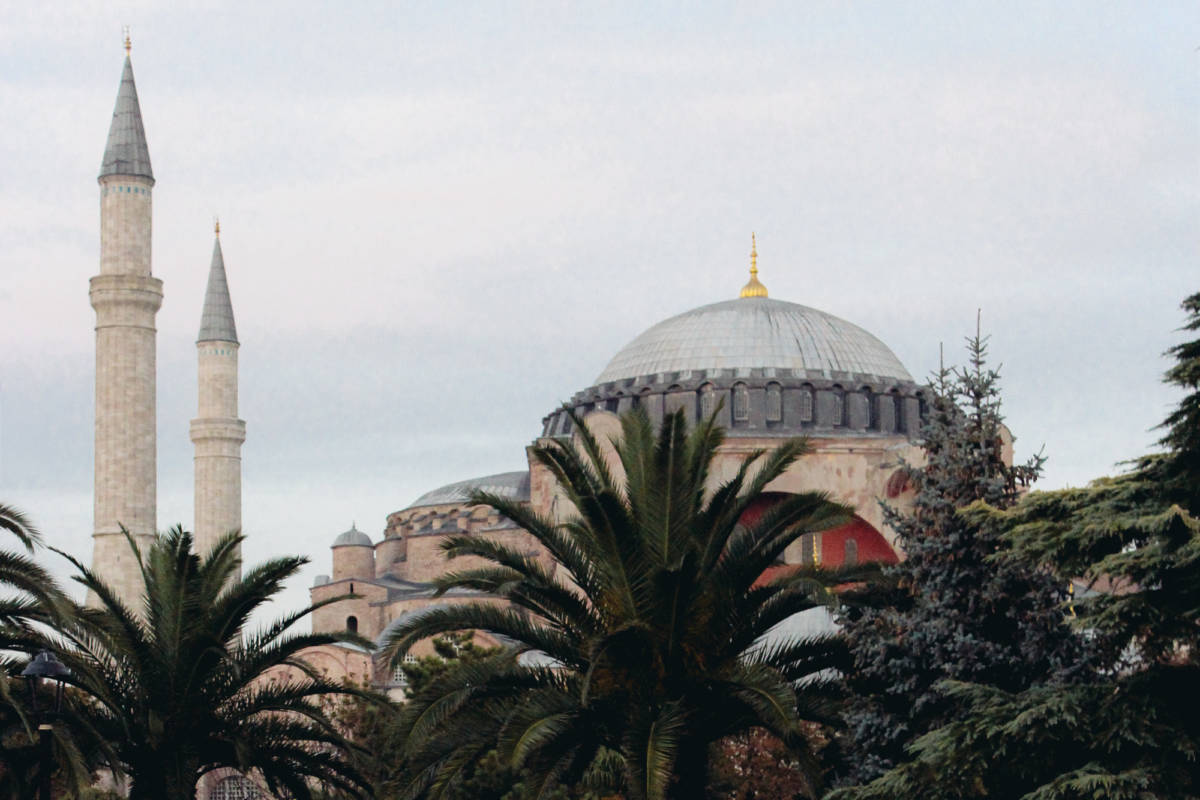
Further East, however, Roman Byzantine architecture saw influences from the Middle East plus a new building method (pendentive) which allowed big domes to be placed atop rooms, put to great effect in the Hagia Sophia in Istanbul (537AD). Speaking of the Middle East, Islamic architecture probably deserves its own post, but it includes pointed arches, large domes and courtyards, with an emphasis on flat decorations as religious sculptures are prohibited. Some fine examples include The Alhambra in Granada, the Taj Mahal and the Uzbek city of Bukhara. As we head towards the turn of the century, aided by better materials and designs, European designers began to throw off classical proportions and ratios to reach for the skies, which would eventually result in…
Gothic
Now as we move past the turn of the century, the next big step in Europe was a name you may familiar with…Gothic! We’re not talking eyeliner, died black hair and Evanescence on repeat but Gothic architecture. Named for the Goths who ruled parts of Western Europe after Rome fell, this style was all about new building methods, allowing for even taller towers, thin walls and big windows, allowing for more stained glass than you can shake a stick at. These amazing new building methods were:

- ribbed vaults – now they aren’t ribbed for pleasure, but rather enabled buildings to reach greater height and even held up part of the weight to the ceiling, allowing for thinner walls (before ceilings were held up nearly entirely by the walls and interior pillars).
- pointed arches – possibly influenced by Islamic architecture, the pointed arch, as opposed to the Classical circular ones, reduced stress on the walls, allowing them to be reduced in side.
- buttresses (often flying) – sadly they don’t allow the building to fly, but these are outdoor wall supports help hold up support the walls of the building and the flying ones are special arched versions.
- tracery – these are stone-works which support the glass in windows, the most famous being the intricate circular ‘rose’ window – one of the most famous being at Strasbourg Cathedral.
All of these building methods meant the walls could be thinner and have a lot more glass windows as they no longer had to support the whole weight of the ceiling, meaning a lot more light, plus big giant interior pillars weren’t needed anymore so there was a lot more space, especially as buildings got taller and taller. On top of these features, ornate details were also added, like pinnacles/spires, finials and stone sculptures, including those famous Gargoyles we were all scared of as kids. While the most famous early Gothic church was the Basilica of Saint-Denis in Paris, other ones you may have snapped or spotted include Westminster Abbey in London, Notre-Dame in Paris and St. Vitus Cathedral in Prague
Renaissance
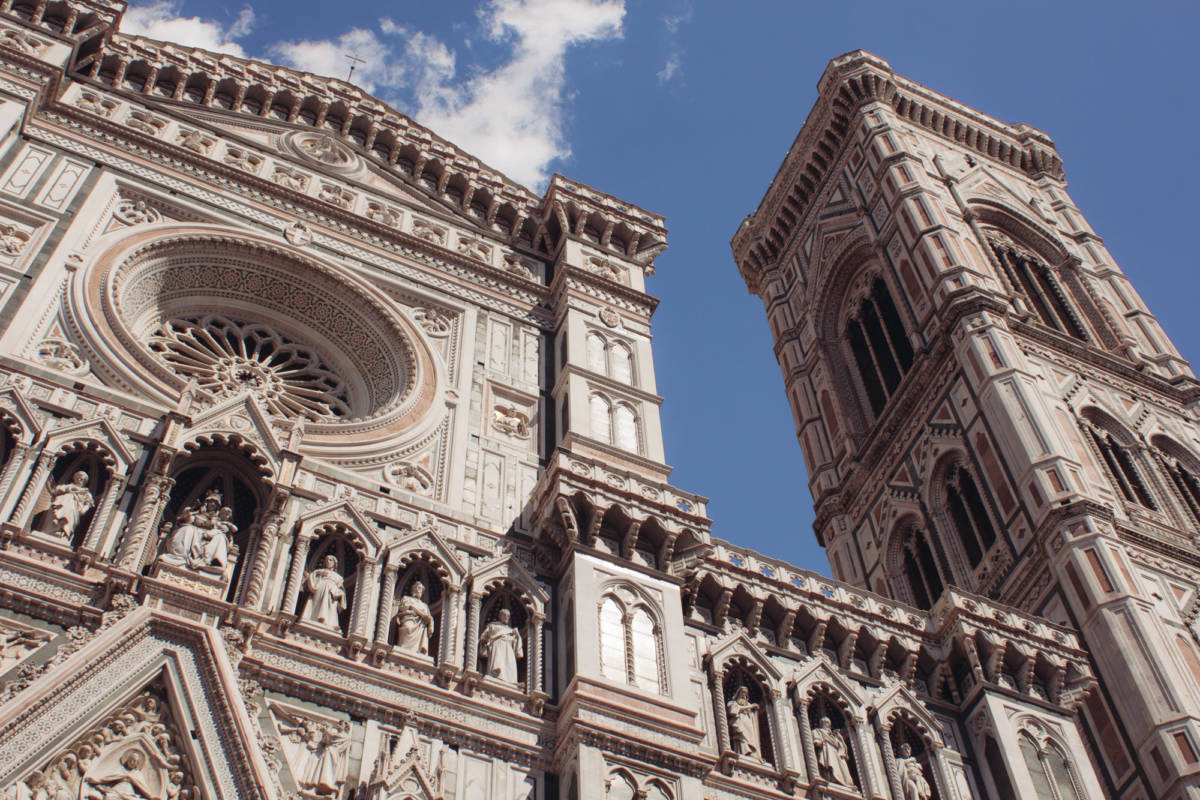
As we hit the 1400s, the Renaissance style began to flourish – it looked back to Classical/Roman styles with columns, domes and enclosed courtyards, plus an emphasis on symmetry and flat exteriors returning – out went the pointed windows and rounded circular shapes for arches and windows returned. You may recognise famous examples like the Basilica of San Lorenzo, Tempietto di Sann Pietro in Montorio and Antwerp City Hall.
Fun fact – the Dome of Florence Basilica actually combines both Gothic and Renaissance – which makes sense as it was built from 1296-1436, yes it took 140 years!
Baroque and Rococo
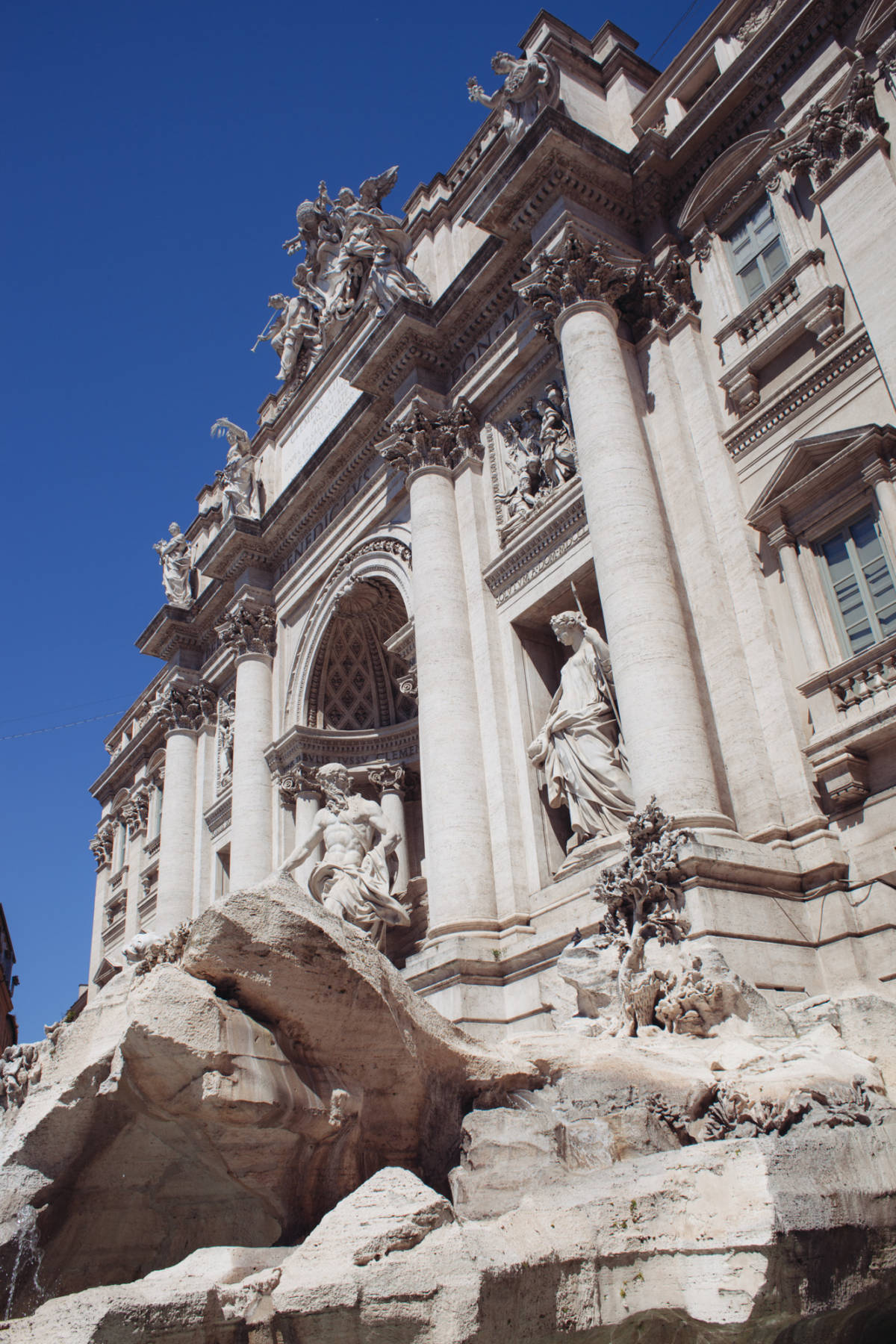

Baroque and Rococo were next on the scene in the late 1500s, becoming more grand, provocative and over the top and coinciding with the Counter-Reformation and celebration of Catholicism, so we’re talking the return of lots of ornaments, curved exteriors, double columns, and broken pediments (pediments broken with a gap and/or ornament). Great examples include Palace of Versailles (1682), Karlskirche Vienna and Blenheim Palace in Oxfordshire. Rococo was similar to Baroque, but with less heavy-handedness, resulting in less imposing buildings.
Fun fact – St. Peter’s Basilica in Vatican City – mixes both Renaissance and Baroque, having been built from 1506-1626 – 120 years! Talk about a lot of builder tea/coffee breaks…]
Neo-Classical
As we near the last steps on our architectural journey through time, we reach the modern era, which featured the return of two old favourites – Classical and Gothic. Helped by the popularity and public interest on the excavations of ancient ruins in Rome and Greece, classical architecture returned in full force – referred to as Neoclassical. So again, we were faced with blank stone walls, free-standing columns, domes and temple like structures, as well as square windows and lots of symmetry. Places in this style you might know include the White House in Washington DC, the Pantheon in Paris and the British Museum in London.
Gothic Revival
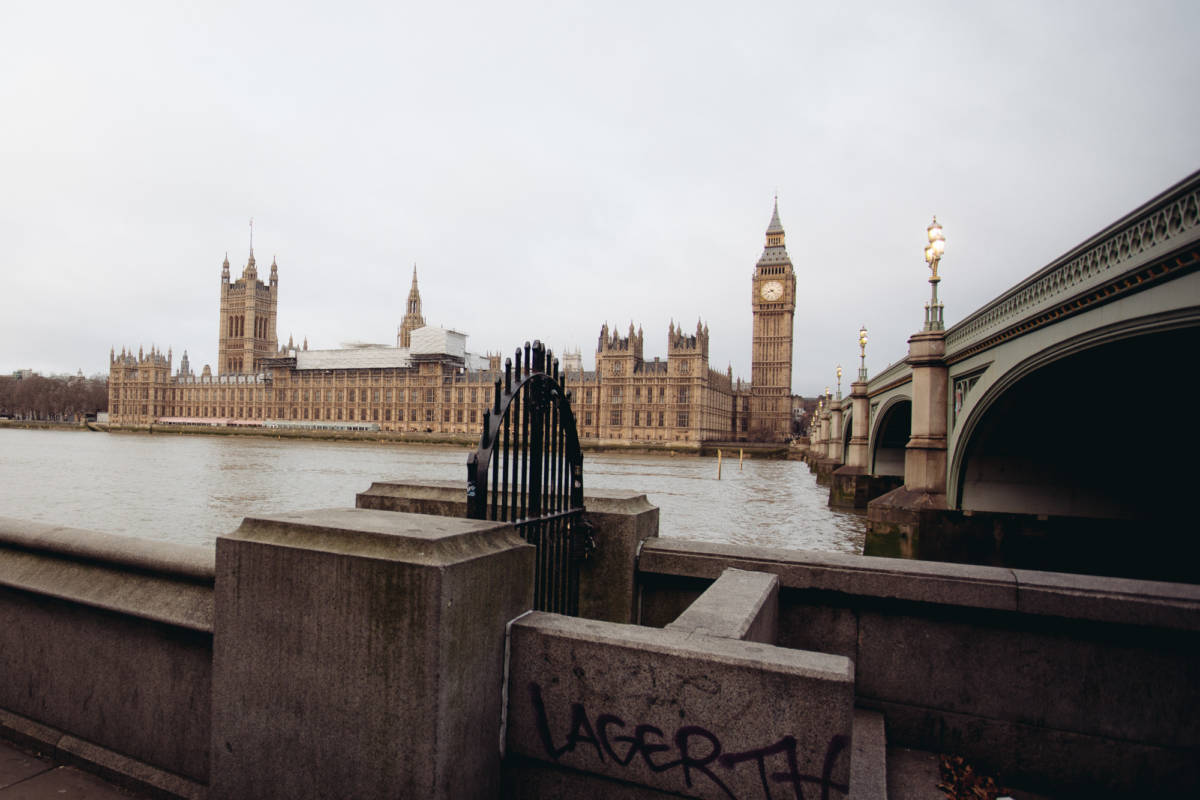

Alongside this resurgence was another comeback kid – Gothic, or Gothic Revival as it was known. Seen as a return to an idealised religious past, in the face of fears of modernity, industrialisation and the age of enlightenment, this saw ribbed vaults, pointed arches, buttresses and tracery all back in force, with as many ornaments as you could stick a place. You might recognise this style at the Houses of Parliament, Tower Bridge, St Pancras Station, and Brussels City Hall, Neuschwanstein Castle in Bavaria, Perth Town Hall and Chhatrapati Shivaji Terminus railway station in Mumbai.
Fun fact – Cologne’s Cathedral began as Gothic when its constructed started in 1248, but was finished in Gothic Revival when it was finally fully completed in 1880, some 612 years later! Milan’s Cathedral was very similar too, having taken some 600 years to build. Both took so long to be completed, they saw their initial architectural design come back into fashion.
Modernism

Modernist architecture is a bit all over the place, so there’s quite a bit to explain. Industrial architecture, with its plain, functional style, was dominant from the 1750s onwards, with factories and warehouses still visible today (though likely converted into expensive apartments). Iron-frames, often with glass, became the in thing, used on bridges, train stations, shopping arcades and greenhouses, though the Eiffel Tower is probably the most famous. Iron was then chucked out in favour of steel, which allowed for early skyscrapers, like NYC’s Flatiron and the Tribune Tower in Chicago, both of which took on influences from Gothic/Renaissance.
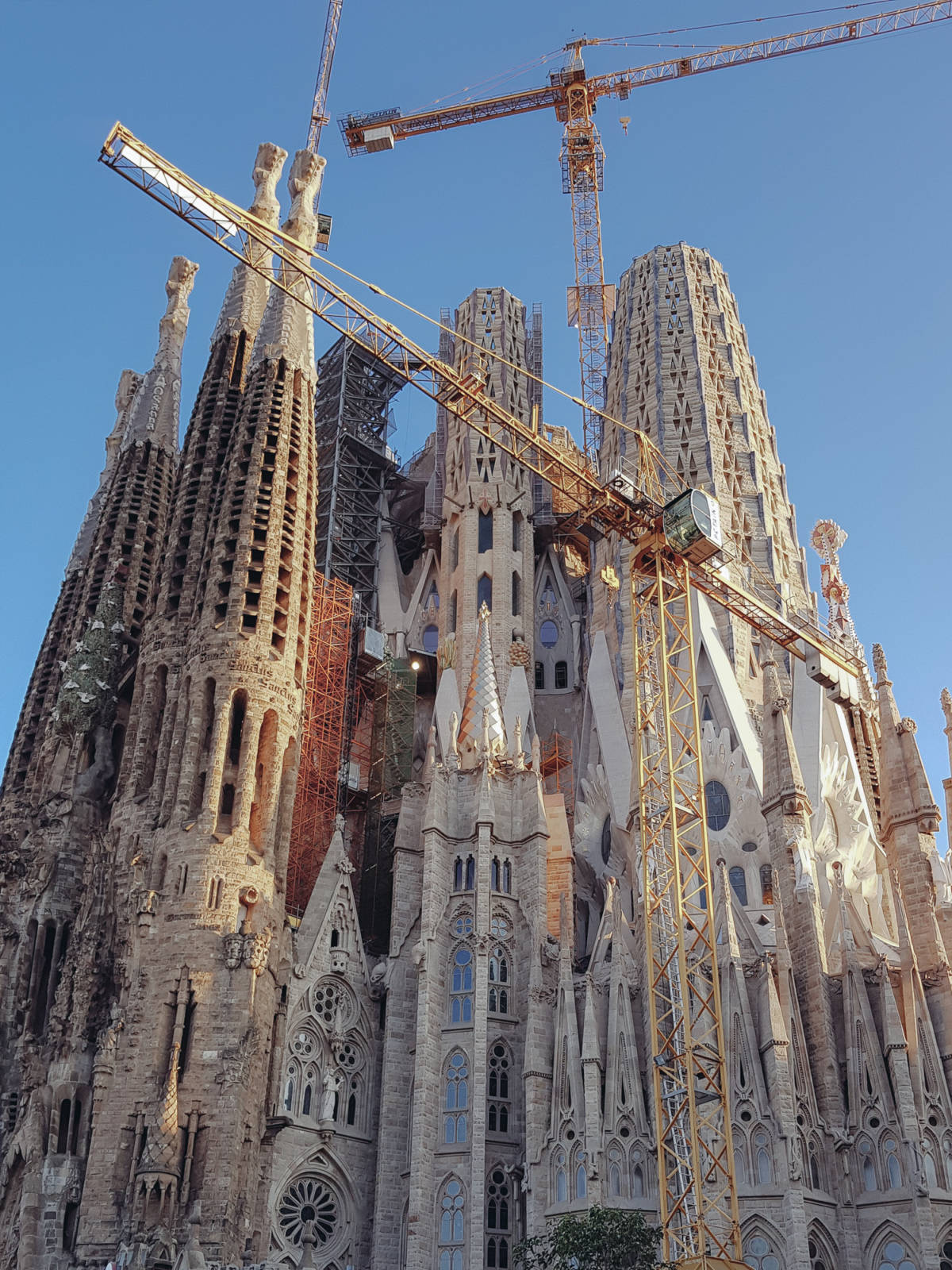
In contrast to the sleek towers, Art Nouveau grew in popularity (1890-1910), with over the top decorative designs, with curved walls, balconies and ornaments inspired by nature. While Barcelona has the best examples (Gaudi’s Sagrada Familia, Casa Batlló and Casa Mila), you can also spot this style at the Majolikahaus in Vienna, the Museum of Applied Arts in Budapest and The Old England House in Brussels.

Shunning the natural forms of Art Nouveau, Art Deco rose for a brief spell in the spotlight, returning to classically-influenced straight lines and plain, clean geometric shapes, taking influenced from everything from Cubism, Baroque and Asia. New York is the place to be for Art Deco, with the Empire State, Rockefeller Center and Chrysler Building all giving you an eye-full of architecture. Elsewhere, the Parkinson Building in Leeds, Senate House, Florin Court and Tate Modern in London are worth catching.
Next up was Bauhaus, which understandably grew out of Germany – Weimar, Dessau and Berlin to be specific. It aims for the plain so no ornaments, and often features intersecting horizontal and vertical lines, intending to fuse function and design. The best example is the Bauhaus building in Dessau, followed by Fagus Factory in Lower Saxony, and the Weissenhof Estate in Stuttgart.
Postmodernism
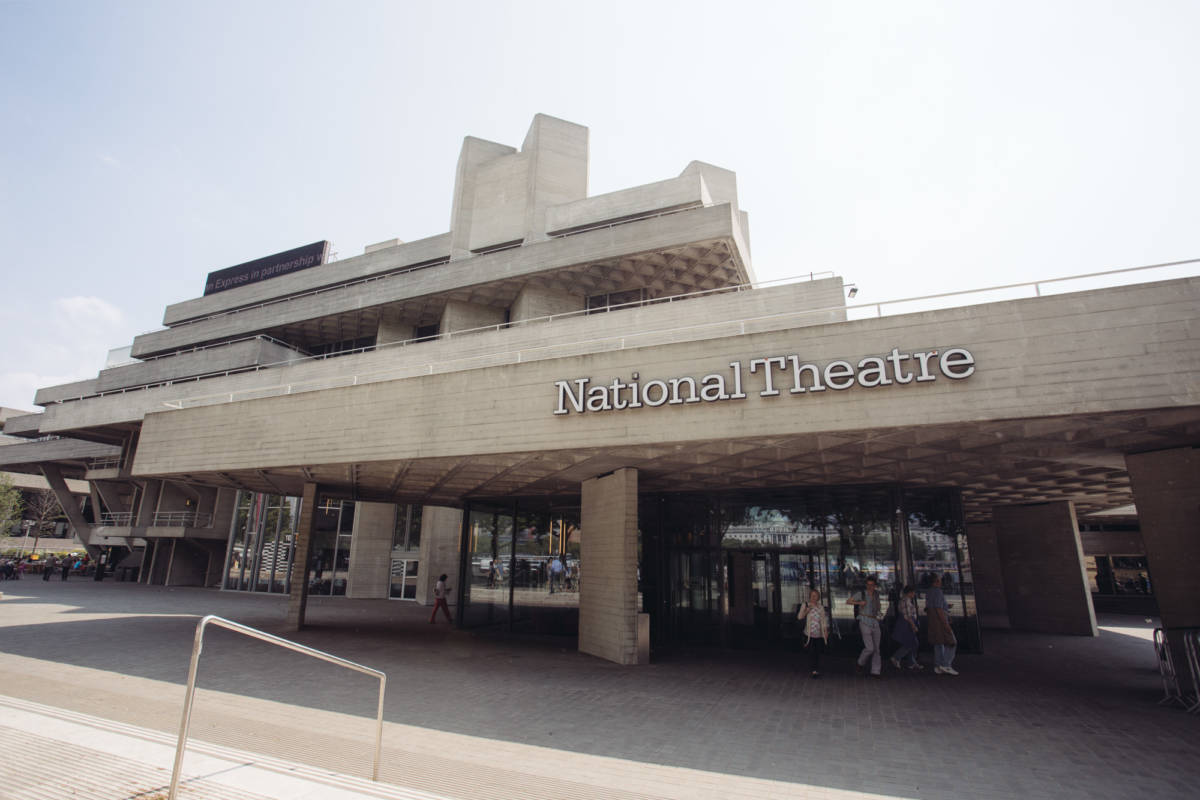

As we’ve said many times through this, building materials and methods are the main things which dictate how buildings look, and this is no better shown in Postmodern architecture – where the technology finally allowed buildings to pretty much do anything they wanted in any style. You want an inside-out building? You got it (Centre Pompidou, Paris and Lloyd’s Building, London). In the 1970s, the rise of Brutalism, which used a lot of concrete, saw bold, stripped back geometric designs back in fashion, though even today they are controversial – people love ’em or hate ’em! Brutalist gems you may want to see include NYC’s Guggenheim Museum, the Southbank area in London, and Les Étoiles in Ivry-sur-Seine in Paris.
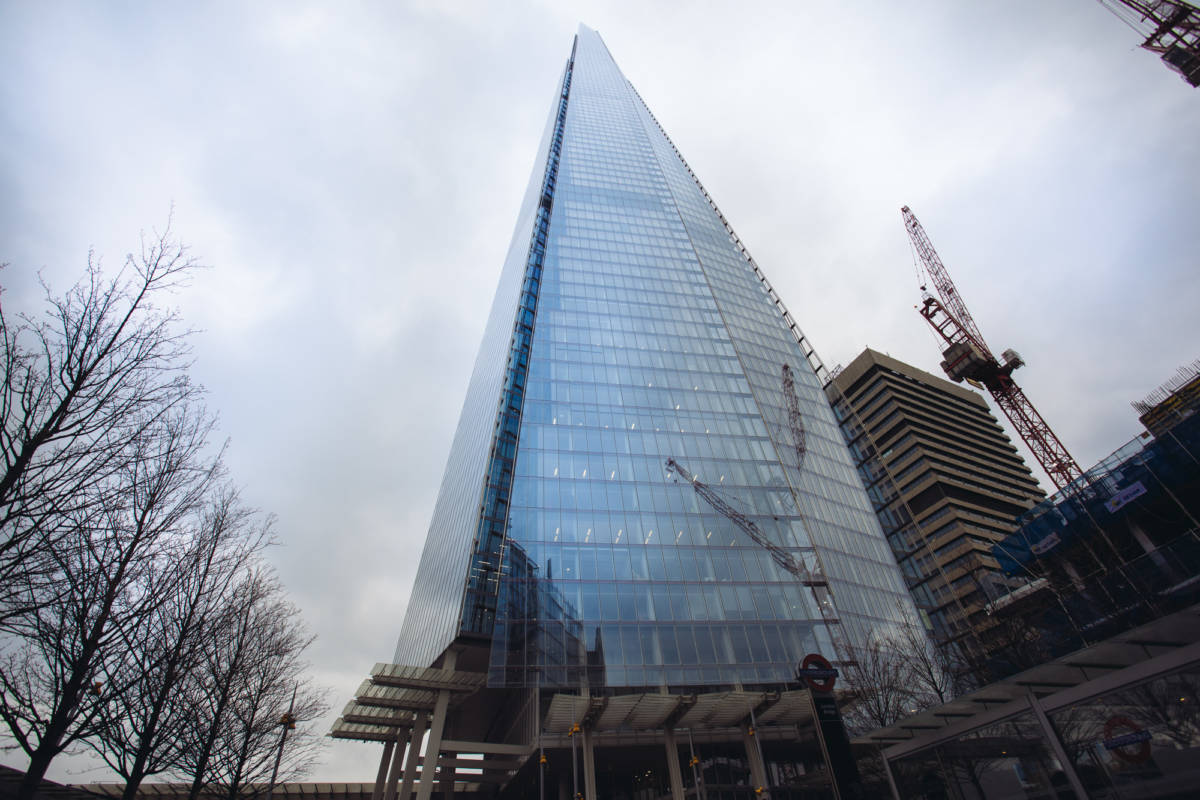
At the moment, new buildings tend to be focused on as much glass as possible, and as far into the clouds as you can reach (the Shard, the Burj, 1 WTC, etc) but who knows what will be next!? My bets are on giant edible buildings, just like Hansel and Gretel!
